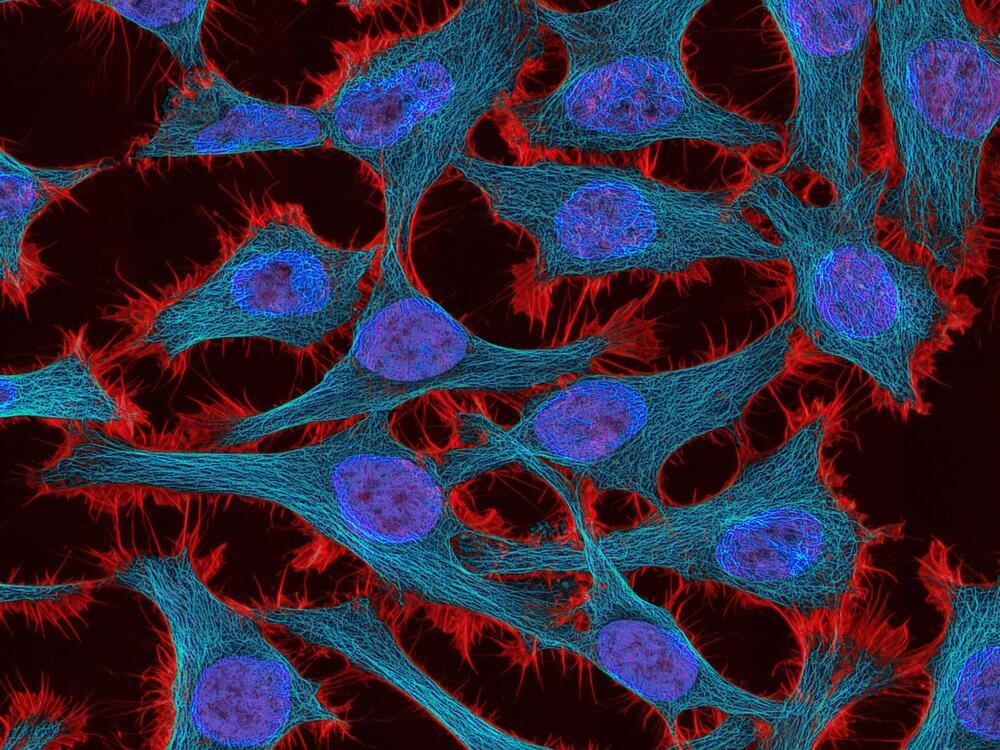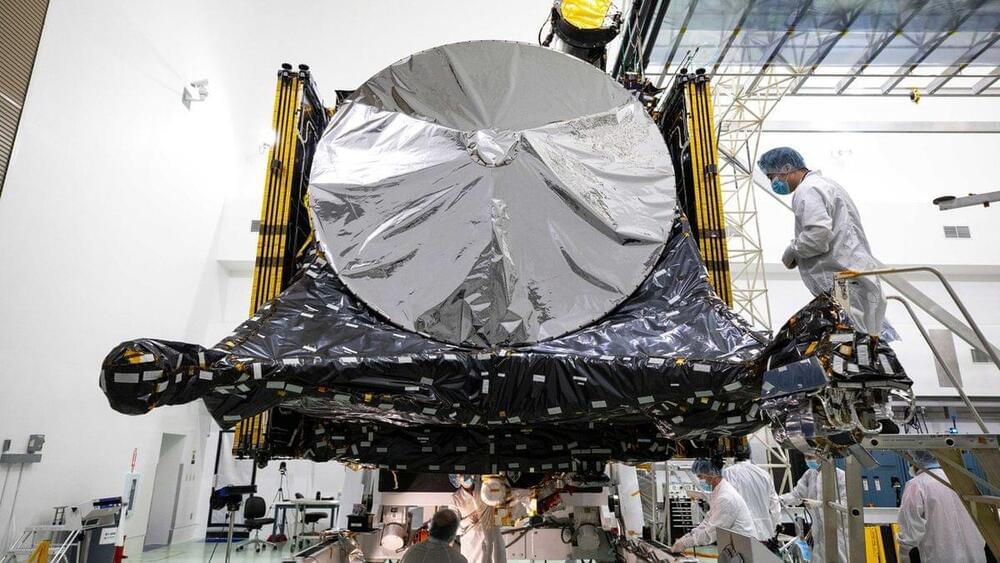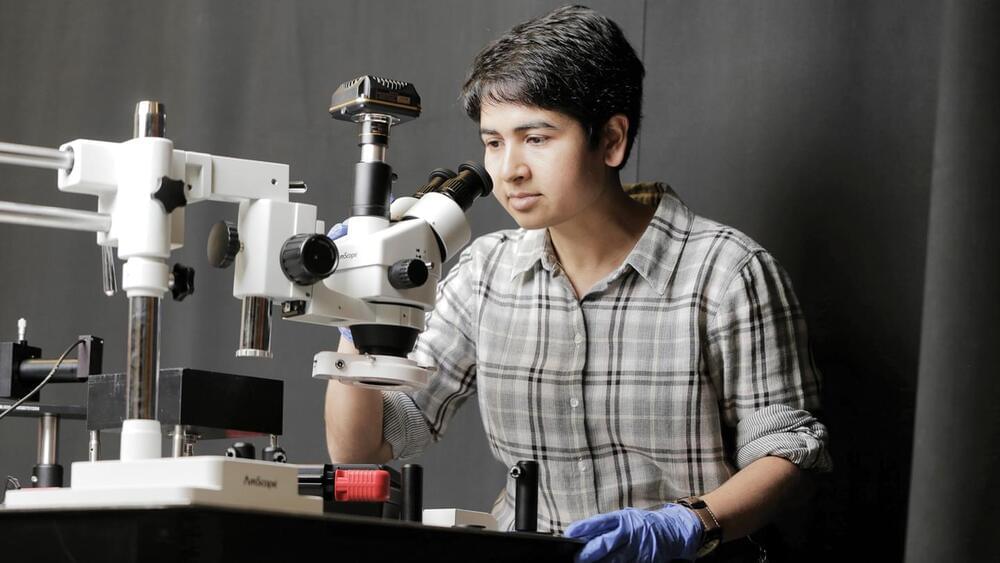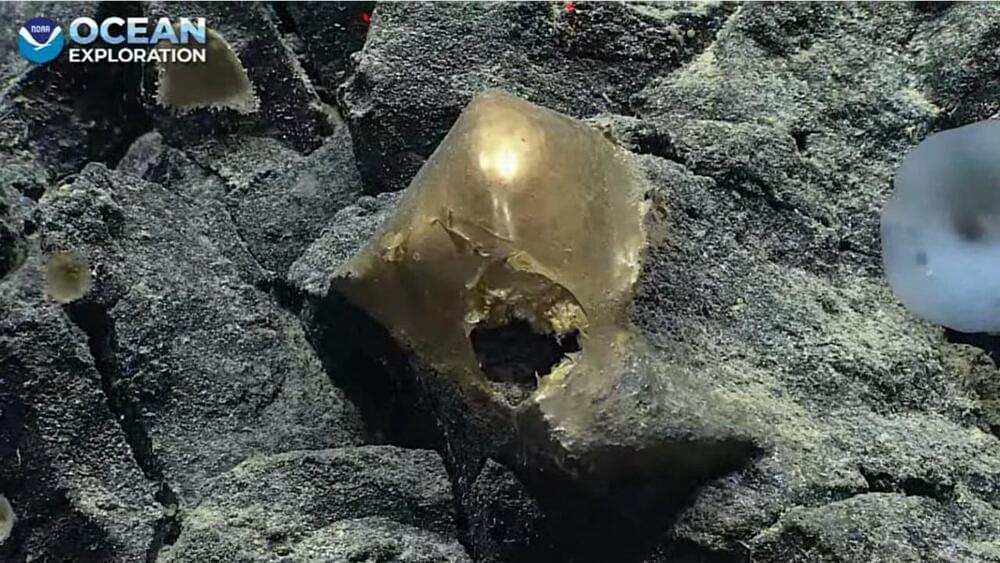Apple’s new chatbots might make complex automations easier.



In findings with potentially important implications for cervical cancer screening, scientists at the Montefiore Einstein Cancer Center (MECC) have developed a test for detecting a type of cervical cancer that Pap tests often miss. The findings published online today in the JNCI: Journal of the National Cancer Institute.
“Our novel test appears sensitive for detecting cervical adenocarcinoma [ADC]—which now accounts for up to 25% of cervical cancer cases—as well as its precursor lesions, adenocarcinoma in situ [AIS], that often develop into ADCs,” said Howard Strickler, M.D., M.P.H., co-senior and corresponding author of the JNCI paper and a member of MECC.
“Because ADCs are often missed by current screening methods, they have higher mortality rates than the more common cervical squamous cell cancer,” Dr. Strickler added. “Our goal is to catch the disease early, before it develops into cancer.” Dr. Strickler is also professor and head of the division of epidemiology and the Harold and Muriel Block Chair in Epidemiology and Population Health at Albert Einstein College of Medicine.

Japan’s space agency has launched a rocket on September 6 at 7:42 PM EDT carrying a telescope that’s more advanced than NASA’s Chandra and other X-ray observatories already in orbit. The X-Ray Imaging and Spectroscopy Mission — or XRISM but pronounced as “crism” — is a mission led by JAXA (Japan Aerospace Exploration Agency) in collaboration with NASA and with contributions by the European Space Agency. Lia Corrales, a University of Michigan astronomer and mission participant, told The New York Times that XRISM represents “the next step in X-ray observations.”
The telescope is considered more powerful than its predecessors because of its tools. One of them, called Resolve, is a microcalorimeter spectrometer with the capability to measure tiny increases in temperature when X-rays hit its 6-by-6-pixel detector. It must operate in an environment that’s a fraction of a degree above absolute zero, enabled by a multistage mechanical cooling process inside its refrigerator-sized container with liquid helium. But so long as it’s working, the tool can measure each individual X-ray energy and can provide information on its source’s composition, motion and physical state.
The Times says the mission team expects Resolve’s spectroscopic data to be 30 times sharper than what Chandra’s instruments can provide. It can detect X-rays with energies that range from 400 to 12,000 electron volts, which NASA says can give us the data needed to know more about the hottest regions, the largest structures and the objects with the strongest gravity pull in the universe. XRISM’s science operations won’t begin until January, though, since scientists still have to switch on its instruments and tune them in the next few months.



Every few years comes a disruptive technology that catalyzes the development stages of not just companies but also society as a whole. Generative AI may not be as big as the invention of the internet but it is a foundational block to create a new digital transformation aided by AI.
The reason why Generative AI is one of the most exciting chapters in this journey of transformation is because the technology comes very close to imitating human quality of output. It sparks a very controversial debate about its advantages and disadvantages, especially in a country like ours with a large disposition to lose in terms of jobs that can be replaced by AI. But let’s look at our own journey of digital transformation closely. India has always charted a strong developmental course in terms of the tech industry with robust manpower, unmatched pricing, and a very dynamic workforce that has placed our country sixth in terms of AI investments between 2013–2022. Here, we do have to be mindful that our journey as a country for any disruptive technology may look completely different than others.

The ability to cure all disease slowly comes in view. ANI into Agi into ASI needs to be primary focus. Followed by genetics research, and lastly an extreme focus on Medical Nanobots. ASI will of cured most diseases by 2035–2040.
Fleets of advanced versions may one day be able to detect disease and then go about surgically treating it — without ever opening the skull.

Imagine talking to einstein or Stephen Hawking 😗😁.
Head over to our on-demand library to view sessions from VB Transform 2023. Register Here
My favorite episode of the hit sci-fi/horror TV series Black Mirror is “Be Right Back,” which premiered 10 years ago now, and captured the alienating experience of a woman cloning her dead ex-boyfriend by using a service that analyzed his social media posts and texts to recreate his personality.
The episode seemed fantastical but just on the edge of plausible at the time in 2013 — after all, many of us were already leaving extensive digital communications trails back then with our smartphones and computers.

(NewsNation) — A scientific expedition off the coast of Alaska sparked speculation among livestream viewers when cameras on a remote-controlled dive vehicle captured a mysterious object at the bottom of the ocean.
The National Oceanic and Atmospheric Administration conducted the Aug. 30 expedition and described the object as a “golden orb” that “struck an imaginative chord.”
So, what was it?